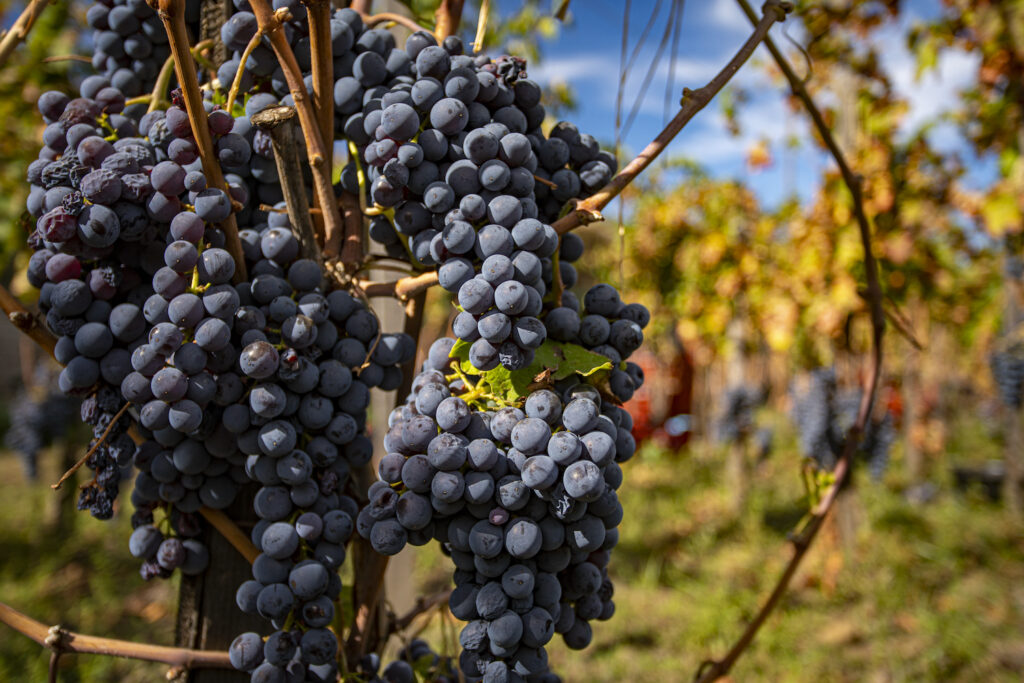The Etna wine belt forms a sweeping arc of vineyards and wineries across the volcano’s slopes above Catania. The experience offers not only striking landscapes, but distinctive flavors best discovered with expert guidance. “The wine scene here is highly competitive, so you need to seek out real talent and quality,” explains Claudio Fazio, founder of EtnaWay. “Focus on wineries that work with skilled, attentive oenologists, practice careful vine management, and select quality barrels. Some use only stainless steel for greater aromatic control and freshness.” The vineyard belt stretches between 400 and 900 meters above sea level, where grapes eligible for the DOC (controlled designation of origin) label are grown.
First a gentle hike, then the wine
From the reds of the northern and southern slopes to the characteristic Superiore white on the eastern side of Mount Etna, the best way to savor the volcano’s wines is after a gentle hike in small groups. For a fuller experience beyond the tasting itself, start higher up—between 1,600 and 2,000 meters. Visit, for example, the Sartorius craters: an easy yet rewarding walk along seven aligned craters. Don’t miss one of Etna’s many lava caves, such as the Grotta dei Ladroni—easy to access and steeped in legends of bandits, as the name suggests—or Grotta Corruccio, known for its distinctive lava “ropes.”
A trek for the more adventurous
Those seeking more adventure can hike along the vents of the “belt of fire” formed by the 2002 eruption—an event often called the “perfect eruption.” Around lunchtime, descend toward Etna’s wine-growing belt at lower elevations. Red-wine lovers should head north or south—to areas like Solicchiata, Passopisciaro, or around Zafferana Etnea. White-wine enthusiasts should go east. “It’s the only area where Etna Bianco Superiore is produced,” Fazio notes, “thanks to the slope’s specific microclimate and shadier conditions.”
The Etna wine tasting
Climate, exposure, and volcanic soils give Etna’s wines a distinctive character worth learning to appreciate. “It isn’t an easy wine to love at first taste,” Fazio says. “The mineral-rich volcanic soil can make it seem lighter on the palate, with a less opulent bouquet than other Sicilian wines like Nero d’Avola. Yet it still reaches around 13% ABV—and in the past even up to 15%—because Etna wines were often exported and used to blend with other wines.” Today, however, you can also arrange tastings featuring reserve wines—and, of course, pair everything with local specialties, from light snacks to full lunches carefully designed by each winery to enhance the experience in your glass.
Original article in Italian, translated and published with the kind permission of Meridionews.
Read the original article here.

